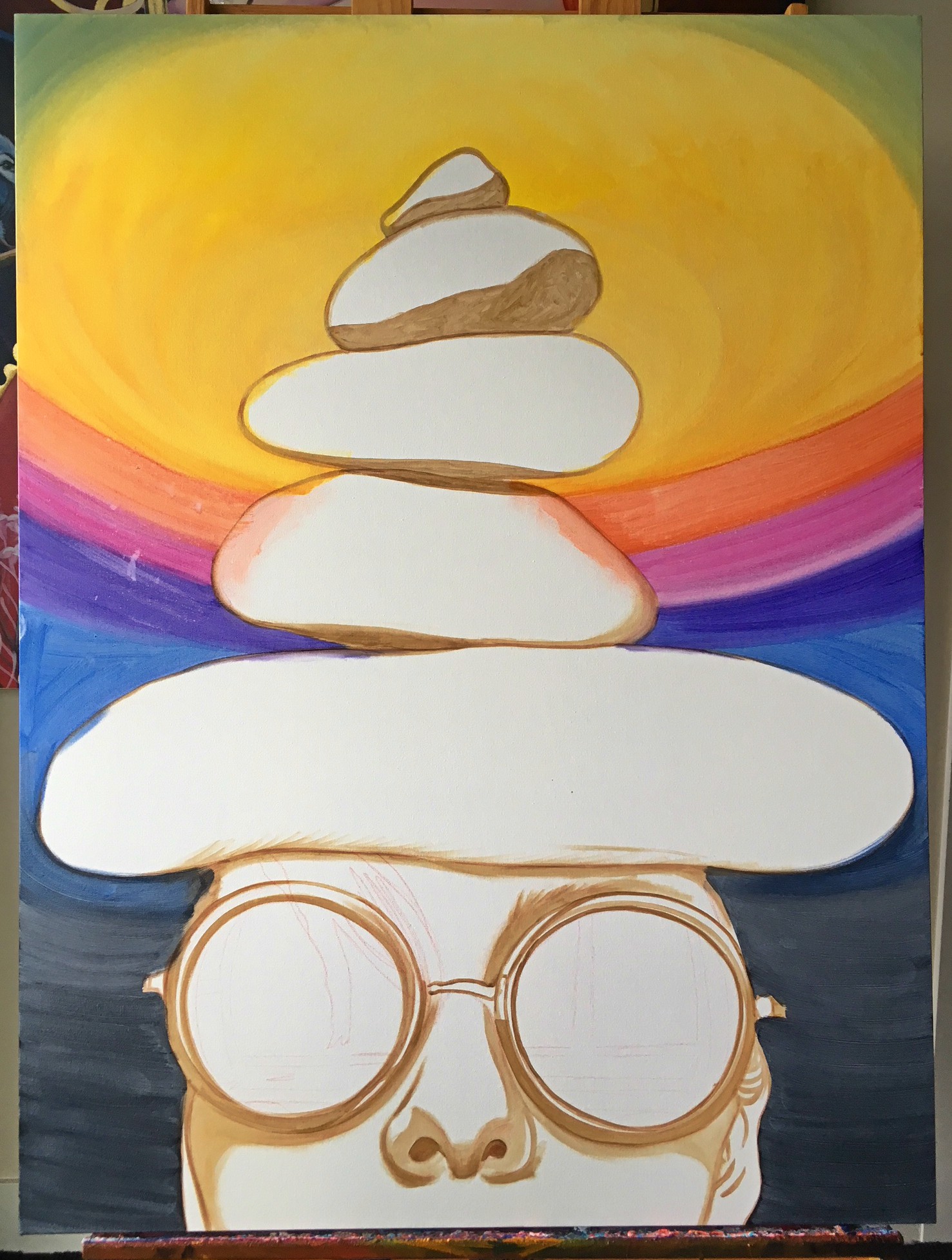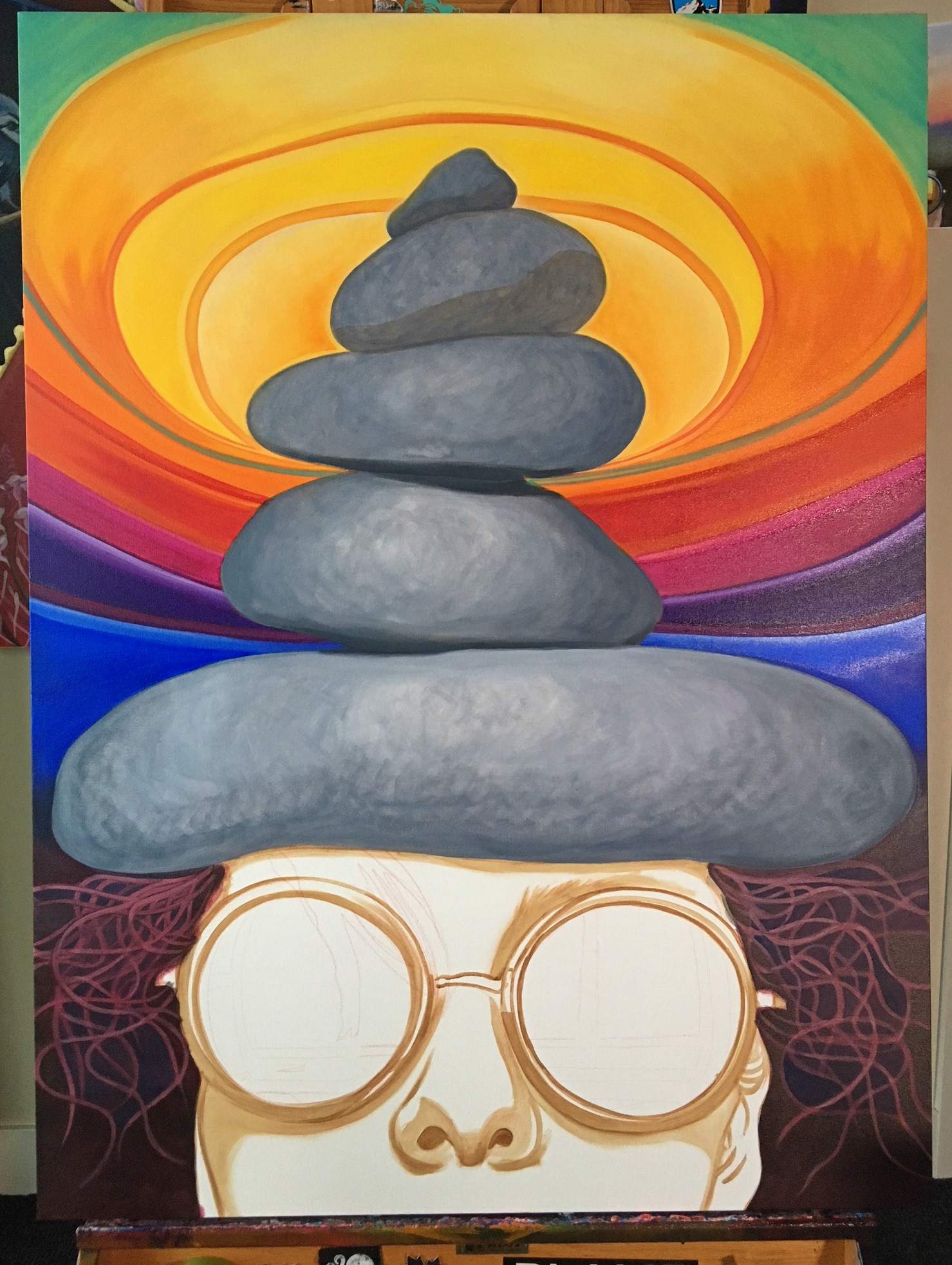The Work of Art – Making A Painting
There is a famous quote that speaks to the work that goes into a work of art, it references the artist process, and vaguely refers to the creative process. The quote made famous by James Whistler is; “An artist is not paid for his labor, but for his vision.” The Work of Art begins far before the artist puts brush to canvas.
What did Whistler mean by, “paid for his, or her, vision”, was he speaking of paying an artist for their ability to see things others cannot? Perhaps, it is definitely about perspective and how artists make us see things in a different light, but I believe Whistler was also speaking of the time it takes to develop the vision for a new creation, the plan or blueprint to future work. As a painter, the painting is the result of the vision, developed through days, weeks, months and even years. An idea I have for an artwork today, may wait for a year before I have enough knowledge to understand how I will execute the painting. Artists are gatherers of visual, aural and emotional stimuli. We collect experiences, from a hiking trip in the Rocky Mountains, to a symphony. From the way a coffee spills on the ground, to the colours of a sunset. From the words of a writer to the moving pictures and soundtrack of a film. All this stimuli being collected literally and figuratively. A photo I take today may end up providing information for a painting I will create a year from now.
We take all this stimuli and boil it down to a message, a simplified thought or perspective on the world – then the physical work begins. It may be through writing, or sketching or editing images together in Photoshop, whatever the process for filtering the stimuli and finding the focus – a clear focal point, the central message. After solidifying the idea, I sketch the focal point of the future painting onto canvas and then I begin to paint. Over the course of the painting I develop the background and additional elements that will help support the story of the central image, I work from intuition with a a focus on color, form and composition. My goal is to create overall balance to the piece. With my paintings, which are generally 3×4 feet, I spend approximately 70 hours from initial sketch to finished painting. Then comes painting the edges of the piece, application of a finishing varnish and coated hanging wire fastened to the back. If I were to add in the time it took to develop my idea to the point of fruition, I am not sure where I would begin, thus an artist is paid for their vision, as it is impossible to track how many hours it takes to create a work of art.
Below is a peek into my process – the reference photos taken on two different art trips – the ‘selfie’ taken while in Winnipeg at the famously haunted Fort Garry Hotel, an old railway hotel in Canada designated a National Historic Site. The ‘stacked rocks’ photo at sunset was taken on a retreat to a cabin on the west coast at the Point No Point Resort. This past year I was also in Yellowknife, NWT famous for it’s aurora borealis. So many stimuli, collected over the course of a year, that ended up coming together in a painting, a year later.

Rock Stacking on a west coast beach
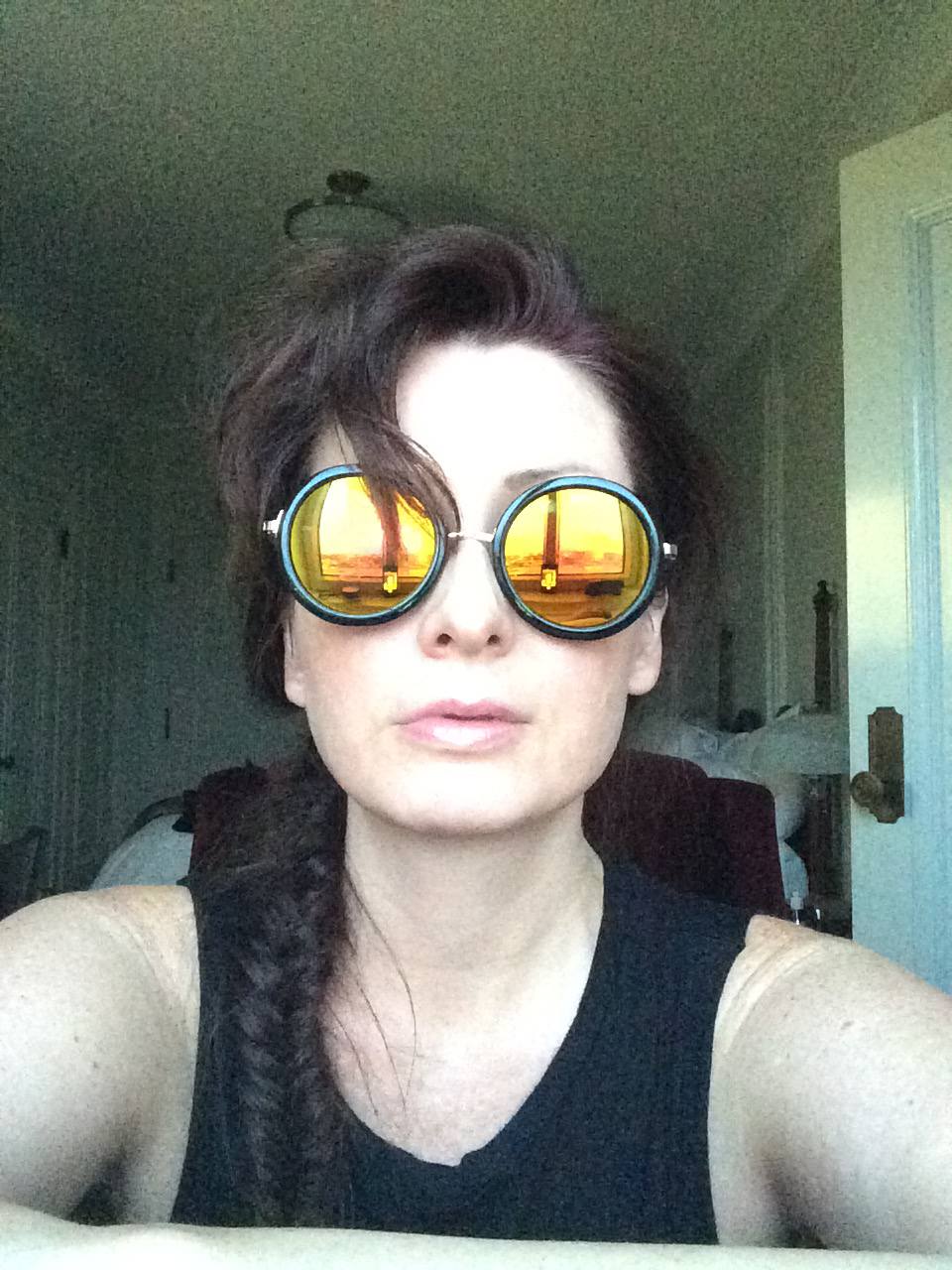
At The Fort Garry Hotel, Winnipeg MB
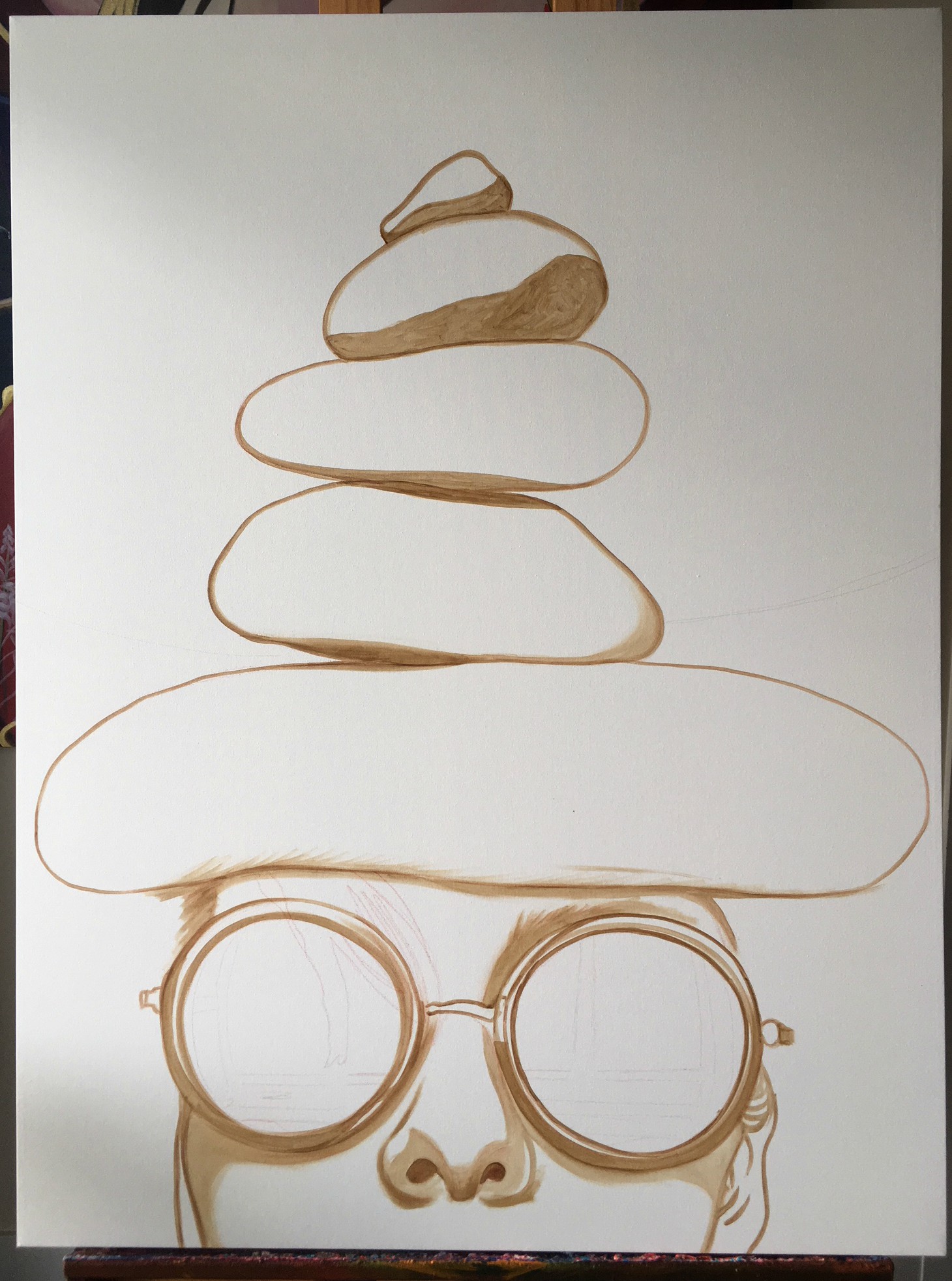
Painting Process: initial sketch on canvas
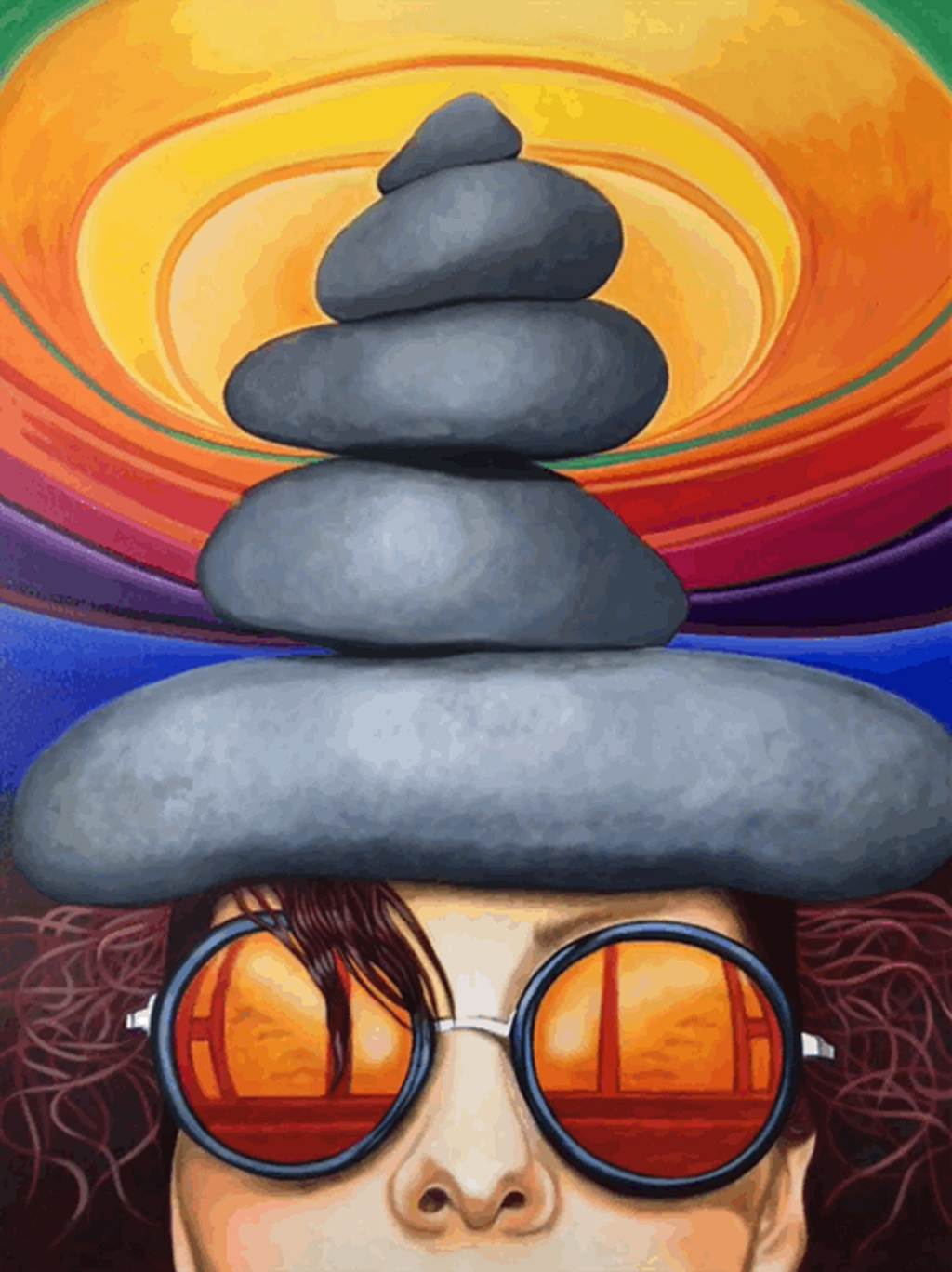
Painting Process: final painting detailed and ready for varnish

